A butterfly valve is used to isolate or regulate the flow of a fluid. It can be used for a wide range of applications such as water supply, wastewater treatment, and fire protection, for chemical and fuel industries and many more.
Butterfly Valve Working Principle
It is based on the quick shut off principle. The disc of the valve is placed in the center of the pipe which allows a rod to go through it to an actuator, on the outer side of the valve. The disc remains parallel or perpendicular to the flow. A pressure drop is introduced by the disc upon the flow even when open.
It open or closed when the disc is rotated a quarter turn and hence it is also known as a quarter-turn valve. There is a metal disc on the rod and when the valve is closed it blocks the passageway by giving it a quarter turn. This metal disc is known as a butterfly. It is the most important component of the valve.
Butterfly valve classification
Butterfly valves are quick to open type valves used to stop, regulate and start the flow of the fluid. A gearbox type actuator is attached with large butterfly valves and a hand wheel is connected to the stem of the valve via a gearbox. The butterfly valve is classified into four types.
- Centric Butterfly valves: Centric butterfly valves are also known as soft seated valves. They are used for low- pressure and non- critical applications in gate and ball valves. They are very cost-efficient and easy to install. Centric butterfly valves are also very lightweight.
- Motorized butterfly valve: Motorized butterfly valves are used to control the media flowing through the pipelines of the system. By changing the position of a round disc within a pipeline, it starts operating. They are available in many different sizes and they can be fit into any type of specifications.
- `Pre-insulated butterfly valves: Pre-insulated butterfly valves avoid the cost as well as manpower for insulating the valve after installation. They are made up of very fine quality materials. They are of very simple design and enhance durability. Pre-insulated valves have a long service life and they are crack resistance.
- Wafer type butterfly valve: wafer type butterfly valve is very easy to install into the system but it does not work as an isolation valve. It is placed between pipe flanges and the flange bolts encircle the valve body.
Butterfly valves design
The butterfly valve comes into two designs, centric and eccentric. The only difference between these two designs is, in centric butterfly valve stem is placed in the center of the disc and disc is placed in the center of the bore. Whereas in eccentric butterfly valves, there can be more than one stem placed offset from the center.
SKG Pneumatics INC is a one-stop solution for all kinds of industrial products. If you are willing to buy any kind of valves for industrial purpose as well as home, then this place is perfect for you. SKG Pneumatics INC is one of the prominent suppliers of Industrial Equipment such as butterfly valves, motorized ball valves and many more.


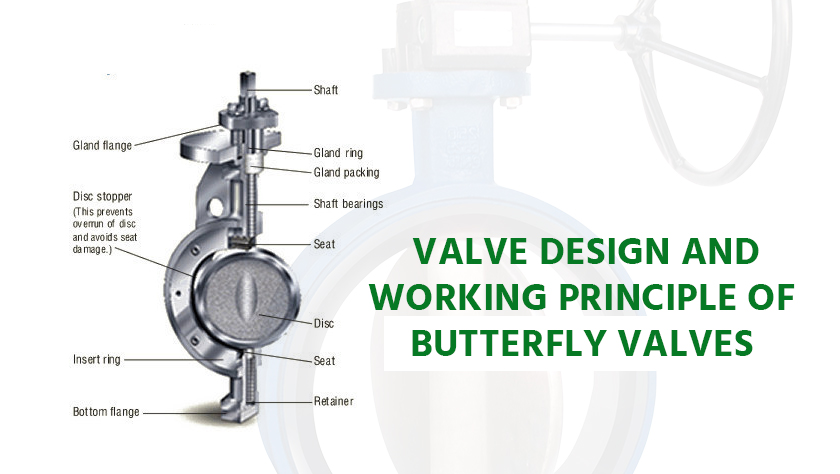
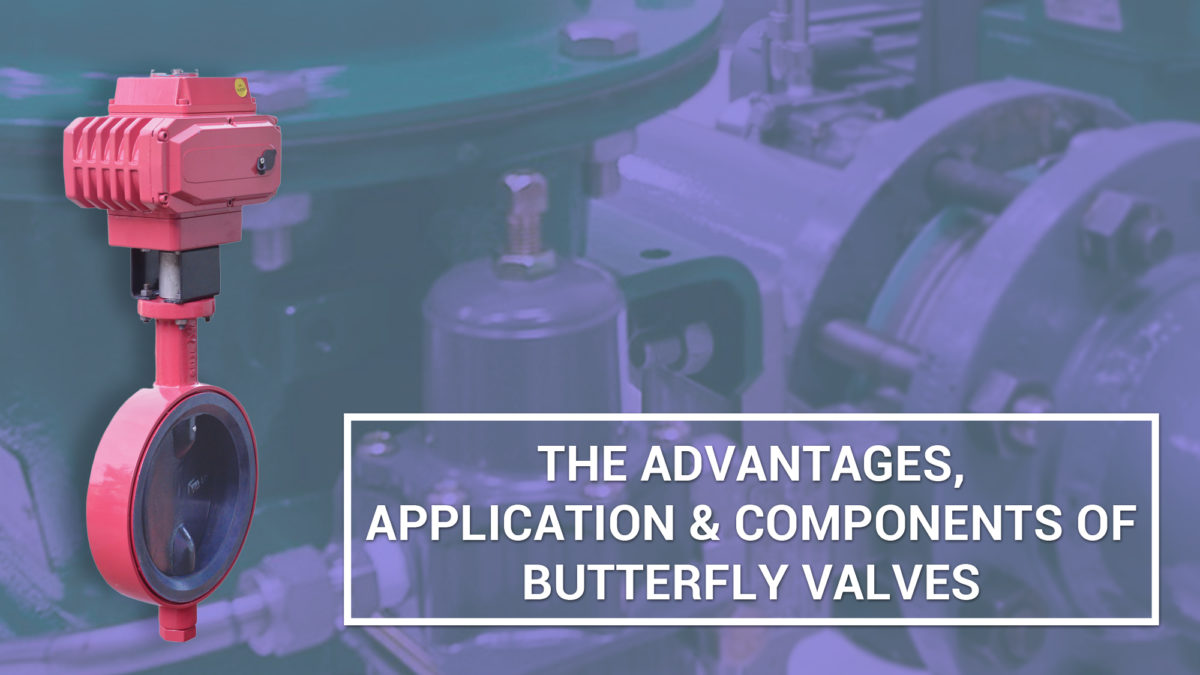
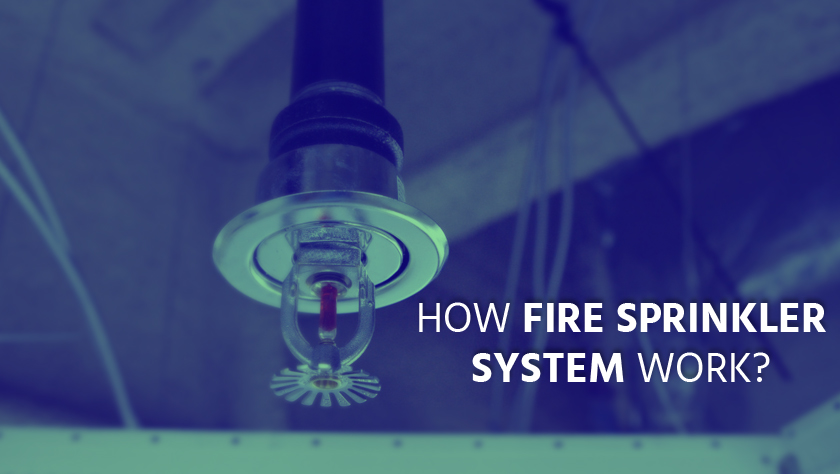
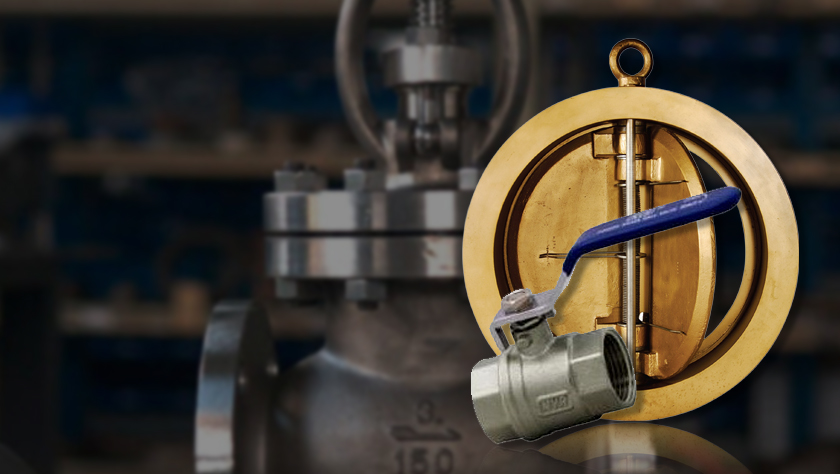
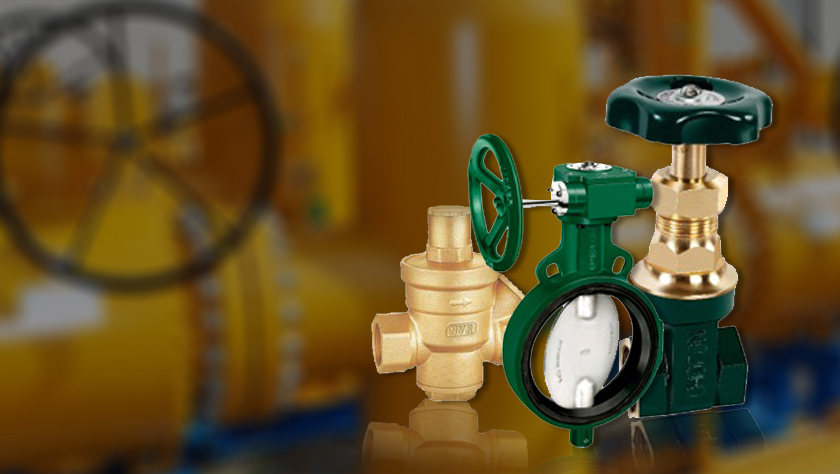
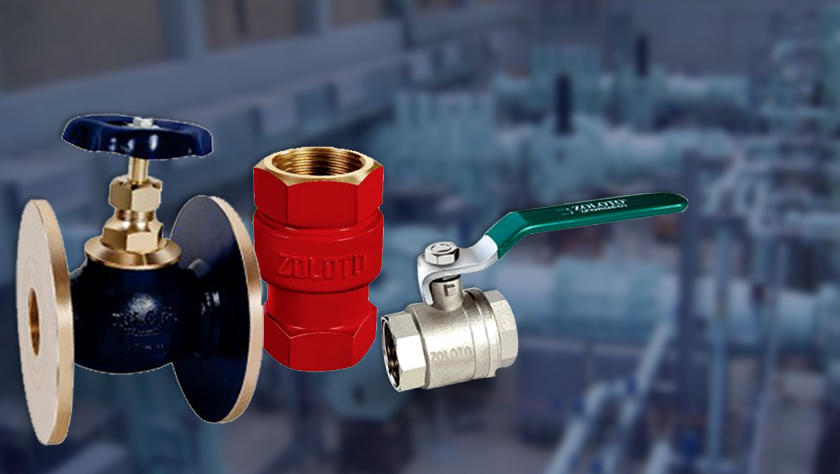
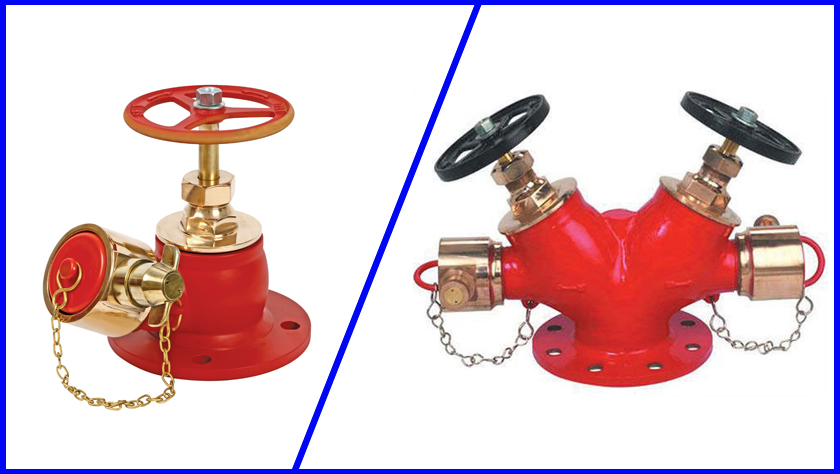
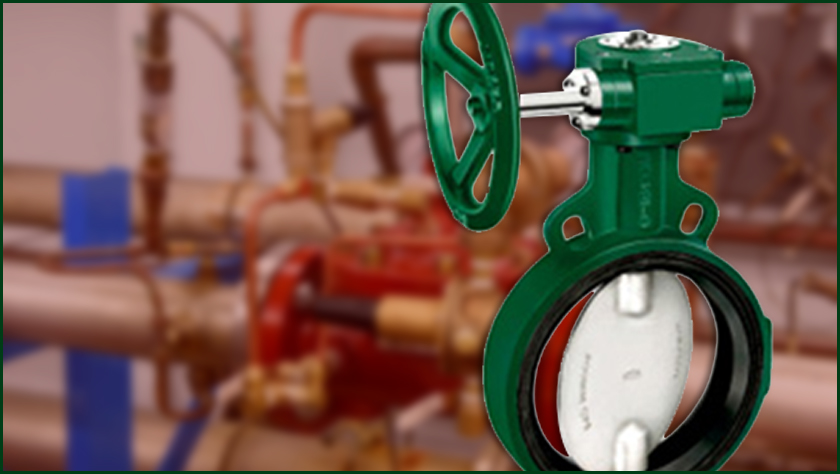
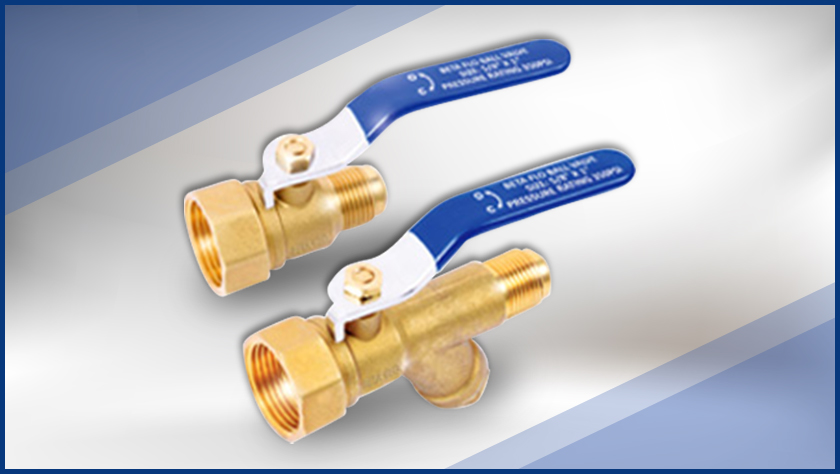
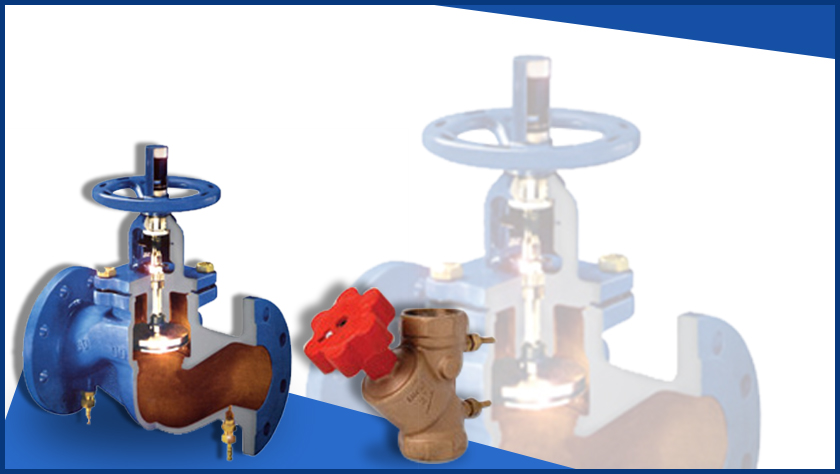







 FSC
FSC